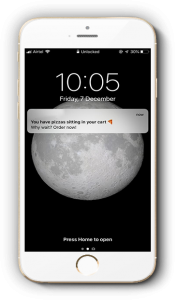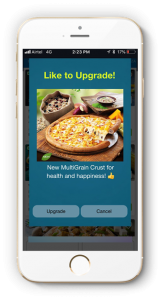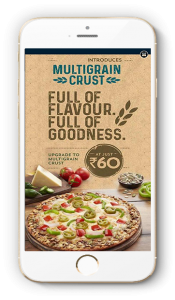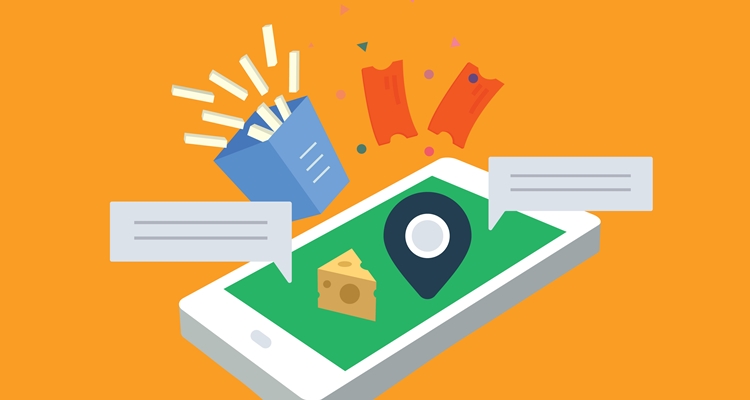According to reports, orders placed via smartphones and mobile apps will become a $38 billion industry and makeup nearly 11% of all quick-service restaurant sales by 2020.
In 2016, a Nielsen study showed us that millennials are the largest group of smartphone users, as well as the generation that dines out most frequently. In addition to this, the past few years have seen users of all ages become increasingly comfortable with app-based purchases.
In fact, according to research from App Annie, global consumers ordered meals on mobile 130% more in 2018 than in 2016, and worldwide downloads of the top five delivery apps grew 115% during the same period.
It’s no surprise then that many restaurant businesses are eager to explore the various ways they can leverage this booming trend to impact their business.
Let’s see some of the ways this can be done:
 Activate users in real-time to drive sales
Activate users in real-time to drive sales
Advanced analytical solutions can help proactive marketing managers automate their marketing campaigns to nudge users who added items to their cart but didn’t transact. By utilizing abandonment marketing techniques in real-time, such as timely in-app support restaurateurs can help improve conversions on mobile apps.
Taco Bell’s mobile ordering successes are partially attributed to in-app suggestions to guests to create their desired meals, a tactic which many believe is paramount to combatting mobile shopping cart abandonment.
 Customer microsegment-based promotions
Customer microsegment-based promotions
Using the right analytics, marketing teams can micro-segment customers based on time of transactions and order preferences. This gives the campaign manager pinpoint control over promotional messages to any segment resulting in improved conversions. For example, health-conscious users can be targeted with low-calorie multi-grain pizzas during their app sessions.
Location-based targeting to drive customers
App-driven location data can be used to trigger push notifications to customers based on their city locations along with information on their last purchased items or favorite combos.
Innovative restaurants can leverage location-based targeting creatively to acquire new customers. One such campaign run by Burger King targeted customers within 600-feet of a McDonald’s to unlock a Whopper for 1 cent through its app in December 2018!
 Up-sell campaigns to maximize customer value
Up-sell campaigns to maximize customer value
Cross-selling and upselling can help maximize mobile app purchases, by acting on customer purchase data and responding at the most opportune time. Advanced analytics coupled with marketing automation can provide marketing teams with the ability to deliver rich mobile notifications for upgrades, and add-ons based on customer preferences prior to check-out.
Starbucks entices customers using the app to try out new offerings or upsize their order, with a scrollable news feed that highlights drinks and food with eye-catching images.
Time and event-based personalization
By knowing the customers’ preferred time of dining, offering push notifications with deep links can help drive purchases. Advanced analytics can help leverage this customer insight to understand peak times and customer drivers, into to drive sales with timely messages.
The Mobile Restaurant Future
According to DMI research, the mobile activities most desired by diners include viewing menus, finding the closest locations and placing orders. Restaurants which have the right tools in place can, therefore, leverage the power of mobile technology to increase conversions, build loyalty and improve their market share.



























